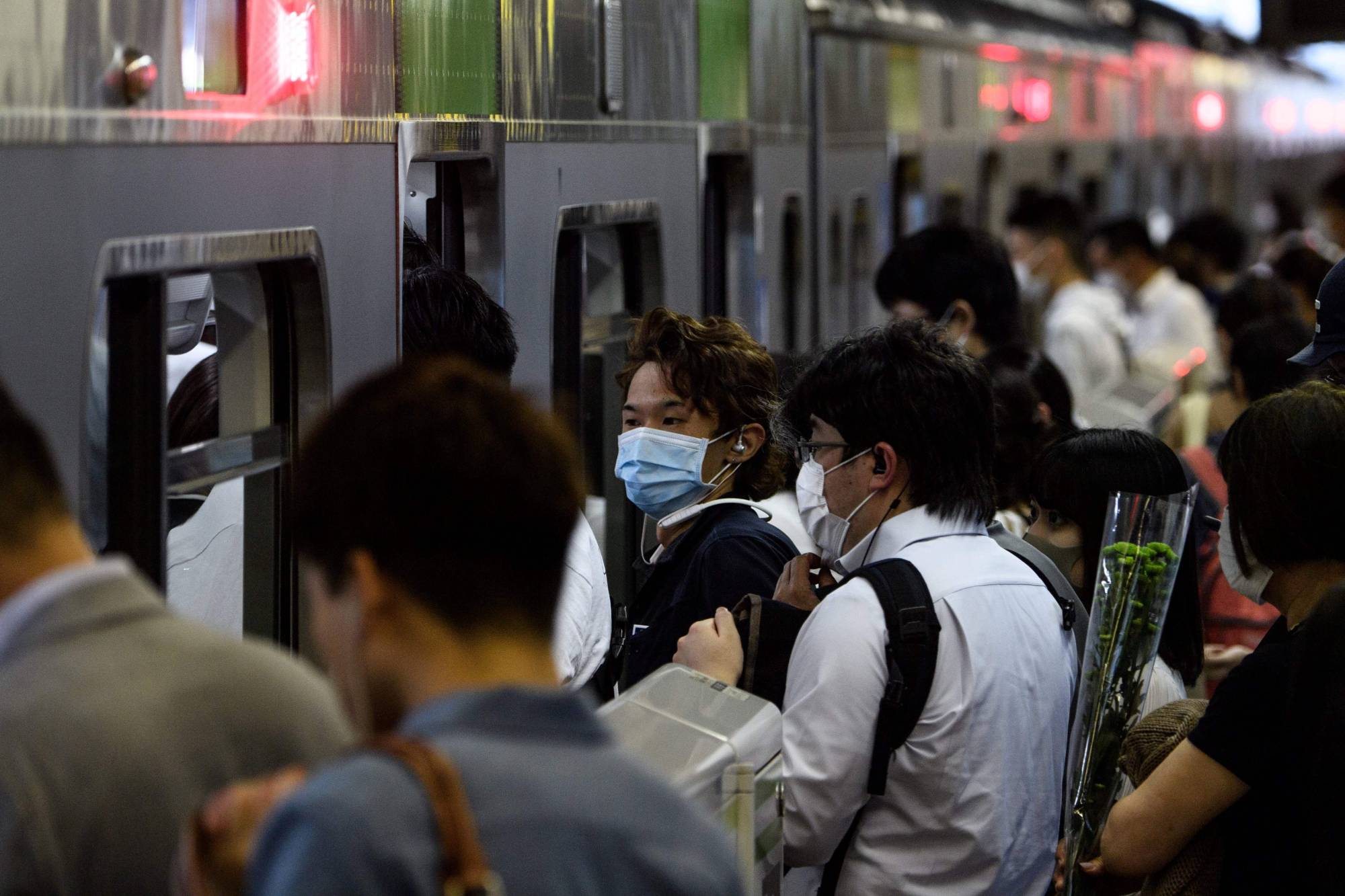The risks posed by population overconcentration in big metropolitan areas in times of major disasters such as mega-earthquakes have long been highlighted. The COVID-19 crisis once again exposed the vulnerabilities of Tokyo, which accounted for one-third of Japan's new coronavirus infections even though it is home to roughly one-tenth of the nation's population. It's time to get serious about reversing the population influx to Tokyo by taking the failure of the Abe administration's "regional revitalization" policy into account.
As the nation's population rapidly ages and shrinks, only seven of the 47 prefectures — notably the greater Tokyo area (also including the adjacent prefectures of Kanagawa, Saitama and Chiba) — saw a year-on-year population increase as of last October. In its bid to halt the population exodus from other parts of the country, the government sought to eliminate the net population inflow into greater Tokyo by 2020. Instead, the net inflow to the capital area has accelerated — reaching nearly 150,000 in 2019. Tokyo's population kept increasing even during the COVID-19 crisis, topping 14 million at the beginning of May.
The people flowing into the Tokyo metropolitan area are drawn by its employment opportunities. A large number of them are youths who are entering universities or starting jobs. About half of Japan's big companies are headquartered in the greater Tokyo area, which accounts for 30 percent of the nation's gross domestic product.



















With your current subscription plan you can comment on stories. However, before writing your first comment, please create a display name in the Profile section of your subscriber account page.